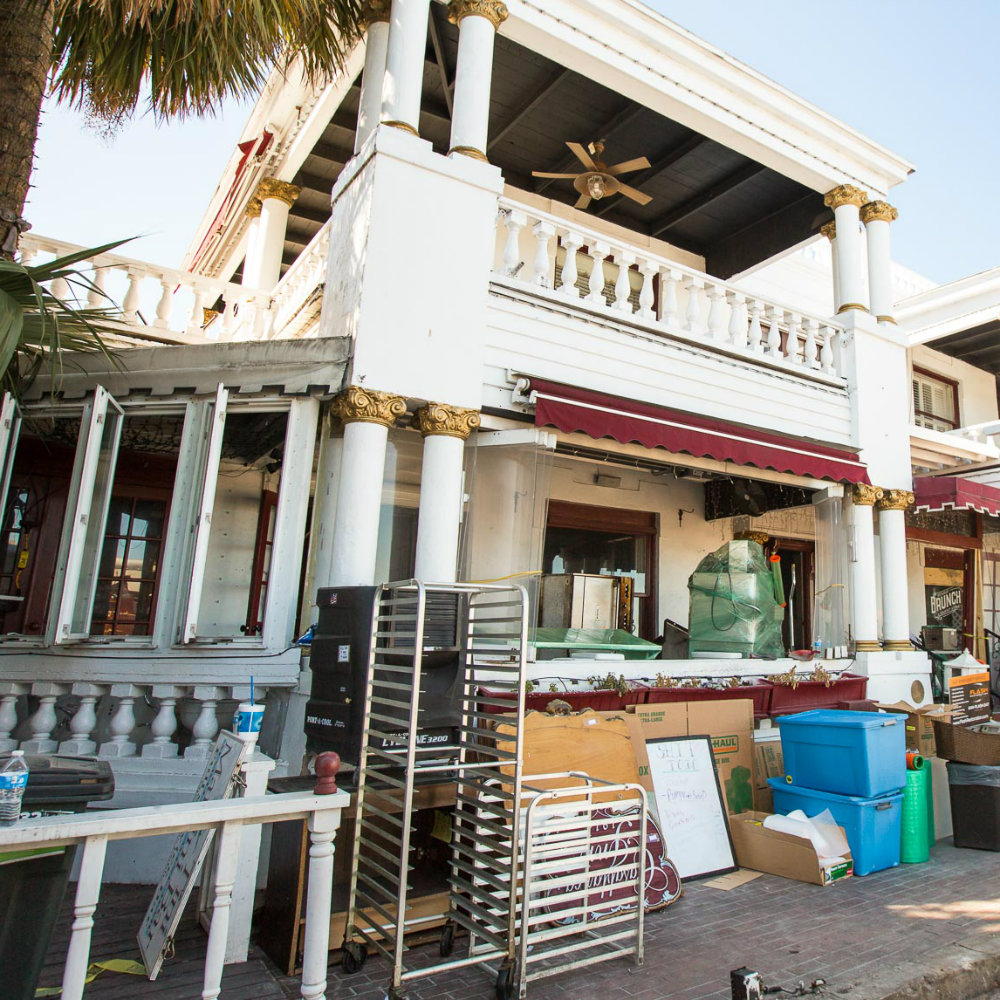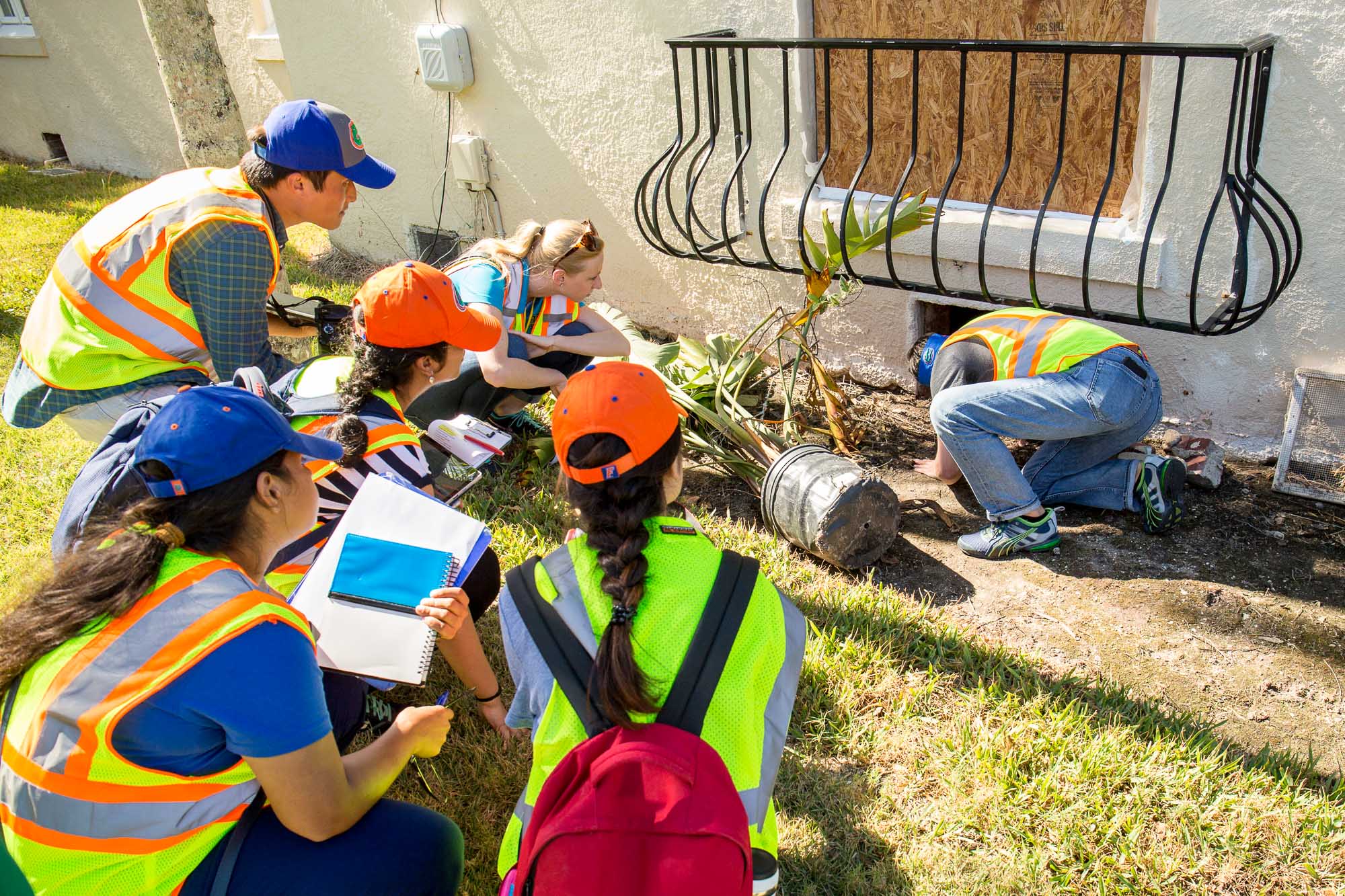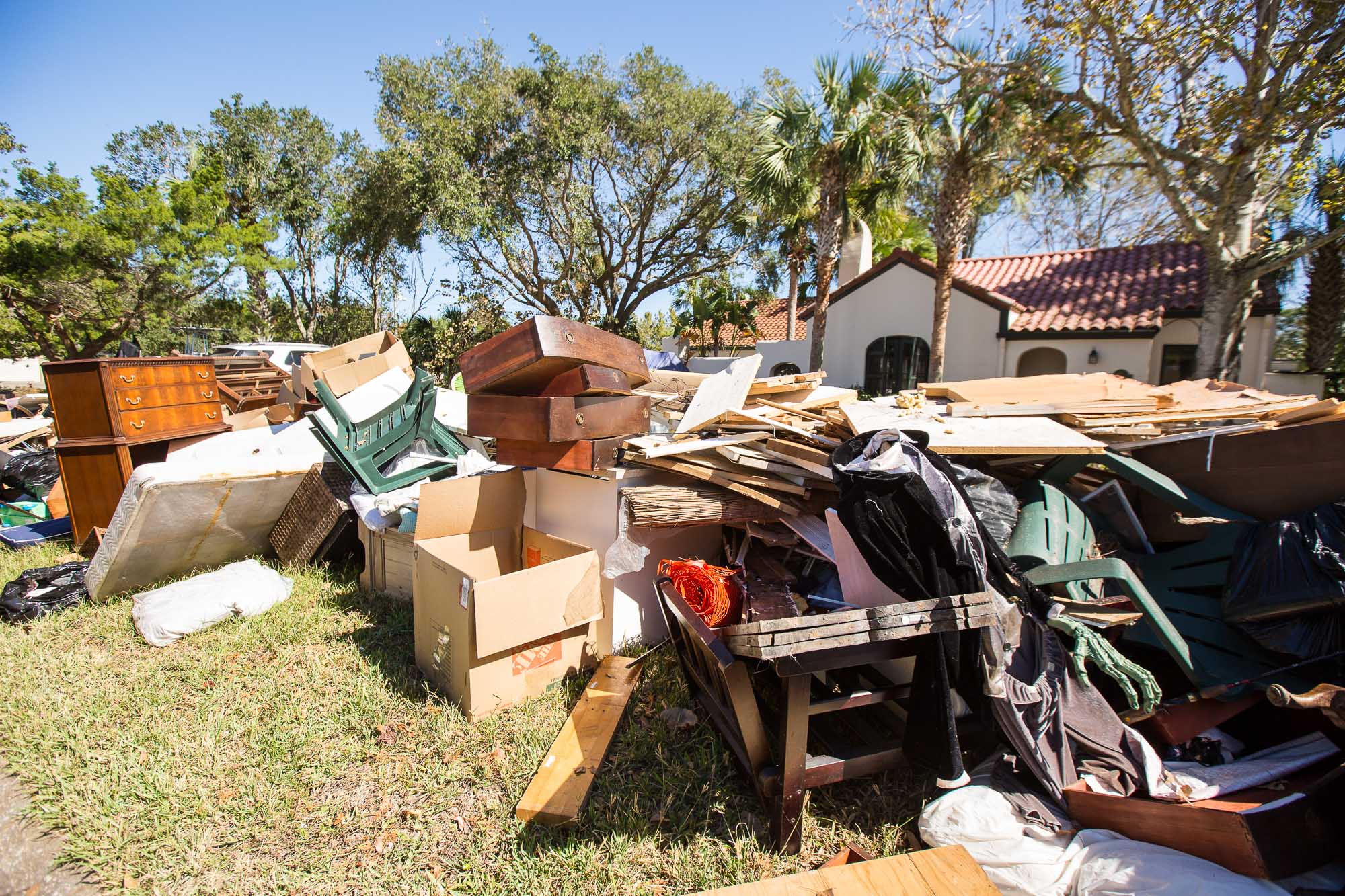Matthew aftermath

UF students assess storm’s damage to historic properties
Maanvi Chawla is from the mountains of northern India — far from any threat of hurricanes. When she volunteered to assess Hurricane Matthew’s damage in St. Augustine, the University of Florida student was given a crash course in coastal disasters that you can’t get from books.
“This has been life changing,” she said, standing outside a flood-damaged historic home on a street lined with storm debris.
Chawla and eight other graduate students from UF’s historic preservation program volunteered Oct. 17-19 to help the Federal Emergency Management Agency assess flood damage from the storm that hammered America’s oldest city in early October. By going door-to-door and recording flood damage, the team gathered critical information included in reports leading to President Barack Obama’s approval of the individual assistance portion of a federal disaster declaration.

Thanks in no small part to the student team, now flood victims in St. John’s County can apply for relief needed to rebuild their lives and homes, said Morris Hylton III, director of the historic preservation program. The team logged 190 volunteer hours in just three days.
“The level of assistance flood victims receive is based on data like ours that’s coming out of the field,” Hylton said. “This city has been unbelievably resilient and quick to clean up. But flooding leaves less visible, long-term damage as well. It’s a bit deceiving.”
Of the approximately 2,000 historic properties in St. Augustine’s National Register Historic Districts, Hylton suspects flooding affected 50 percent or more. His team also assisted in the evaluation of nearly 800 properties in the Davis Shores neighborhood, which is populated with many postwar-era bungalows and ‘50s and ‘60s ranch-style homes. Assessments also showed business along St. George Street, the center of downtown St. Augustine, is down 70 to 80 percent, Hylton said.
During the flood, the city’s sewer systems were dramatically compromised and sewage mixed with floods water, contaminating streets, homes and businesses. The less-visible signs of flooding, like sewer contamination and water damage, will be a long-term restoration process lasting anywhere from three to 12 months.
Assessments collected by the student team will help create awareness of the hurricane’s damage among officials and provide preservation recommendations to flood victims as they begin to repair their historic homes, Hylton said.
“Insurance companies and FEMA are usually focused on taking out damaged materials. Well, that’s historic fabric that cannot be replaced,” Hylton said. “As important as it is to get people back into their homes, it’s important not to make quick decisions that are irreversible. That’s where we can help.”

St. Augustine officials plan to use the assessments to map damaged historic sites and track the recovery process. As the city begins this process, the students’ experience in planning, architecture and historic preservation was hugely beneficial, said Jenny Wolfe, historic preservation planner for the city of St. Augustine.
“It’s helpful to have the labor force to do these assessments, but we also hope the students’ fresh perspective will reveal new approaches for recovery that we may not be considering,” Wolfe said.
UF historic preservation graduate student Anulekha Chakraborty said she gained invaluable firsthand experience, making the volunteer work a “win-win” for herself and St. Augustine.
“You can learn topography and the way the water enters houses from books, but when you get out and you talk to people and hear their problems it puts things into context,” Chakraborty said. “Each community will have a different reaction to this, and that’s something you can only learn when you come to the site.”